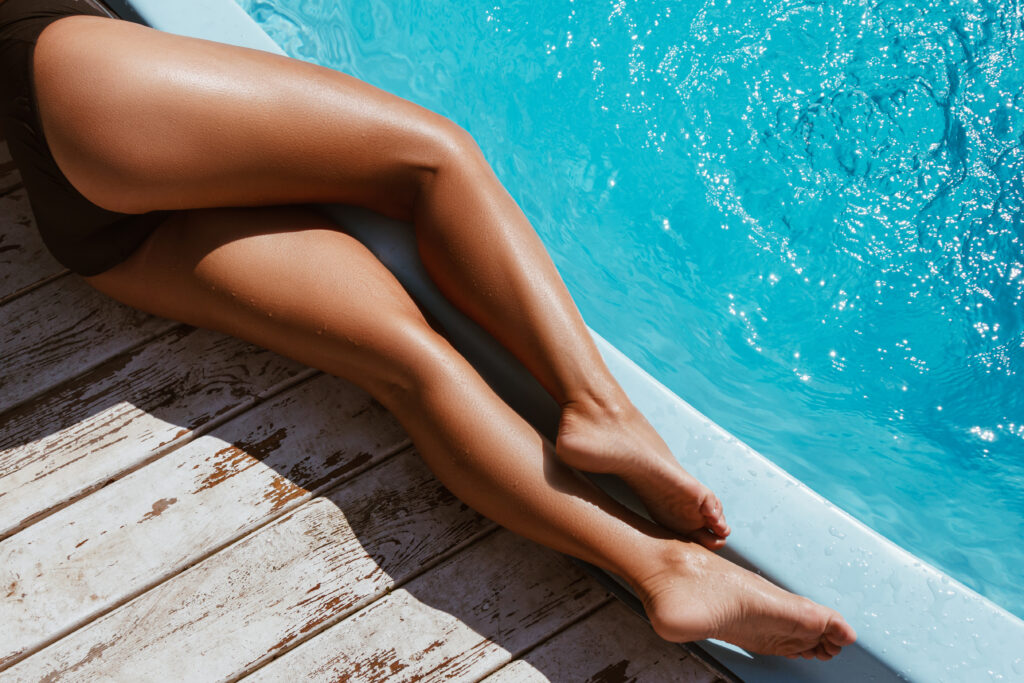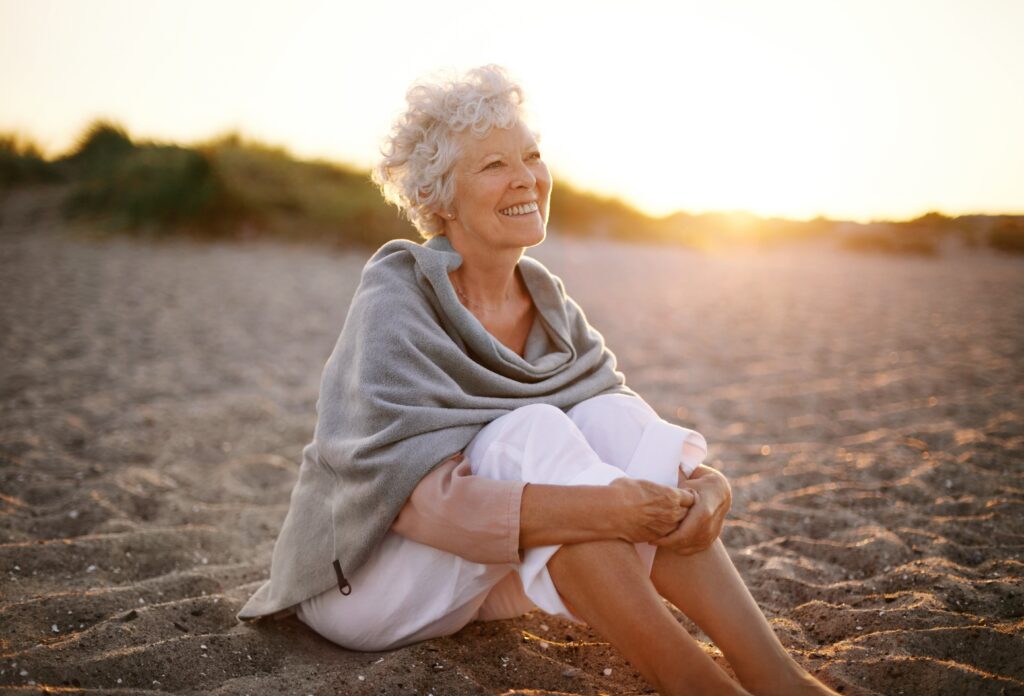
Is Vein Treatment Necessary?
Vein conditions can cause serious discomfort. Some varicose veins are vein conditions that put you at risk for a complication like a blood clot or open sores ( ulcers) on your legs. Minimally invasive treatment can get rid of or fade leg veins and improve the symptoms of your vein conditions. As a result, treatment can also diminish symptoms like pain and fatigue and prevent complications.
Moreover, dysfunctional veins will progress in most cases because of a cycle of chronic inflammation that leads to further deterioration in blood flow, bulging veins, and swelling. Consequently, early treatment of symptomatic varicose veins can improve symptoms and signs as well as quality of life.
Hope for Your leg veins
At our clinic, we combine advanced technology and compassionate care to diagnose and treat vein disease effectively. We begin with a thorough consultation to assess your symptoms and medical history, often using ultrasound imaging to pinpoint the issue. From there, we create a personalised treatment plan designed to relieve discomfort, improve circulation, and restore the appearance of your legs.
Explore More About Venous Conditions
Venous disease is manageable, and early treatment can prevent progression and complications. Whether you’re dealing with varicose veins, spider veins, ulcers, or skin changes, we’re here to help
Treatment Options for Vein Disease
We offer a range of minimally invasive and advanced treatments tailored to your needs, including:
- Endovenous Laser Ablation (EVLA): Uses laser energy to close off damaged veins and redirect blood flow.
- Sclerotherapy: A safe injection-based procedure to collapse and eliminate smaller varicose or spider veins.
- Medical Glue Treatment: A quick and innovative solution that seals veins with adhesive.
- Compression Therapy: Supports circulation and prevents further progression of vein disease.
why choose us?
We understand that vein disease can affect not just your health but also your confidence and quality of life. Our team is dedicated to providing personalised care in a comfortable and supportive environment. Whether you’re dealing with mild discomfort or more serious symptoms, we’re here to guide you on your journey to healthier veins and a better quality of life.



